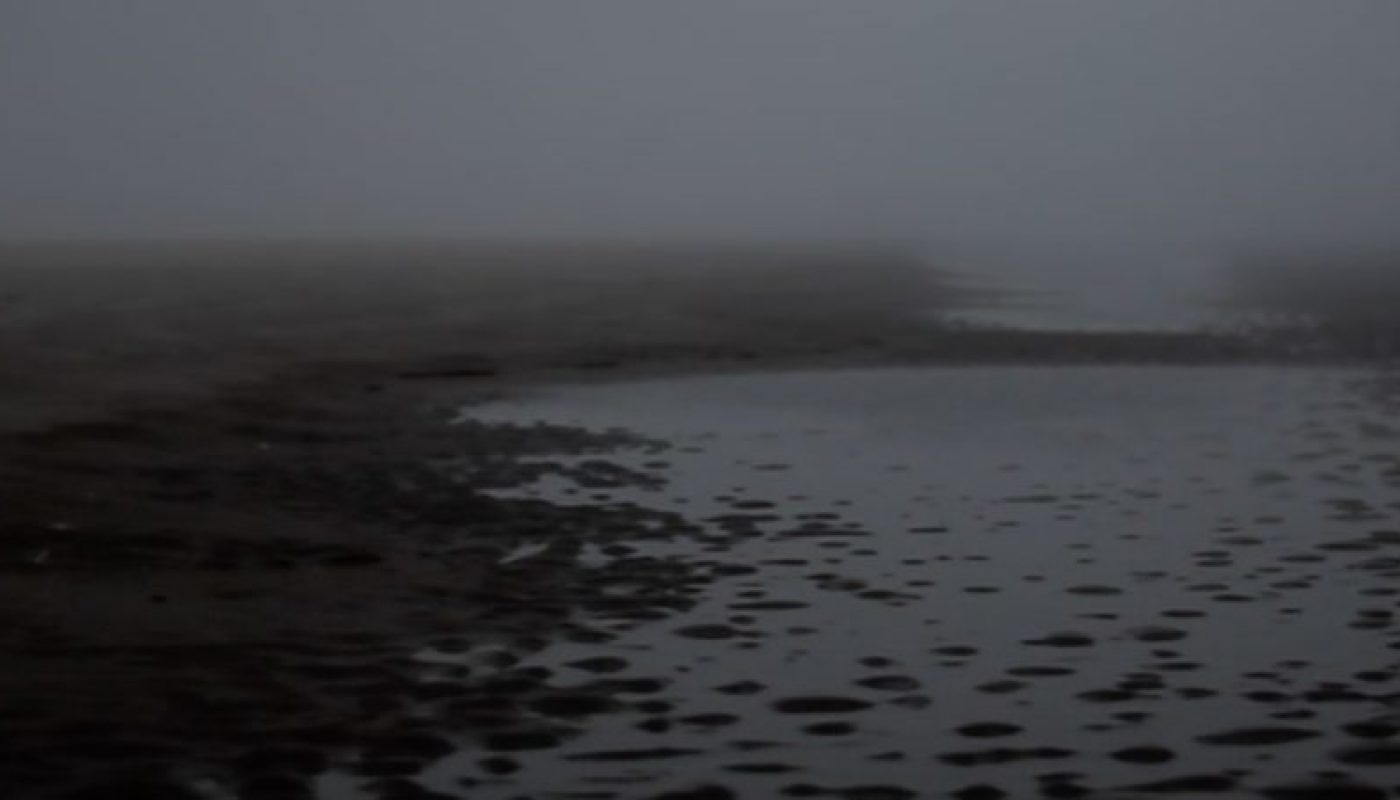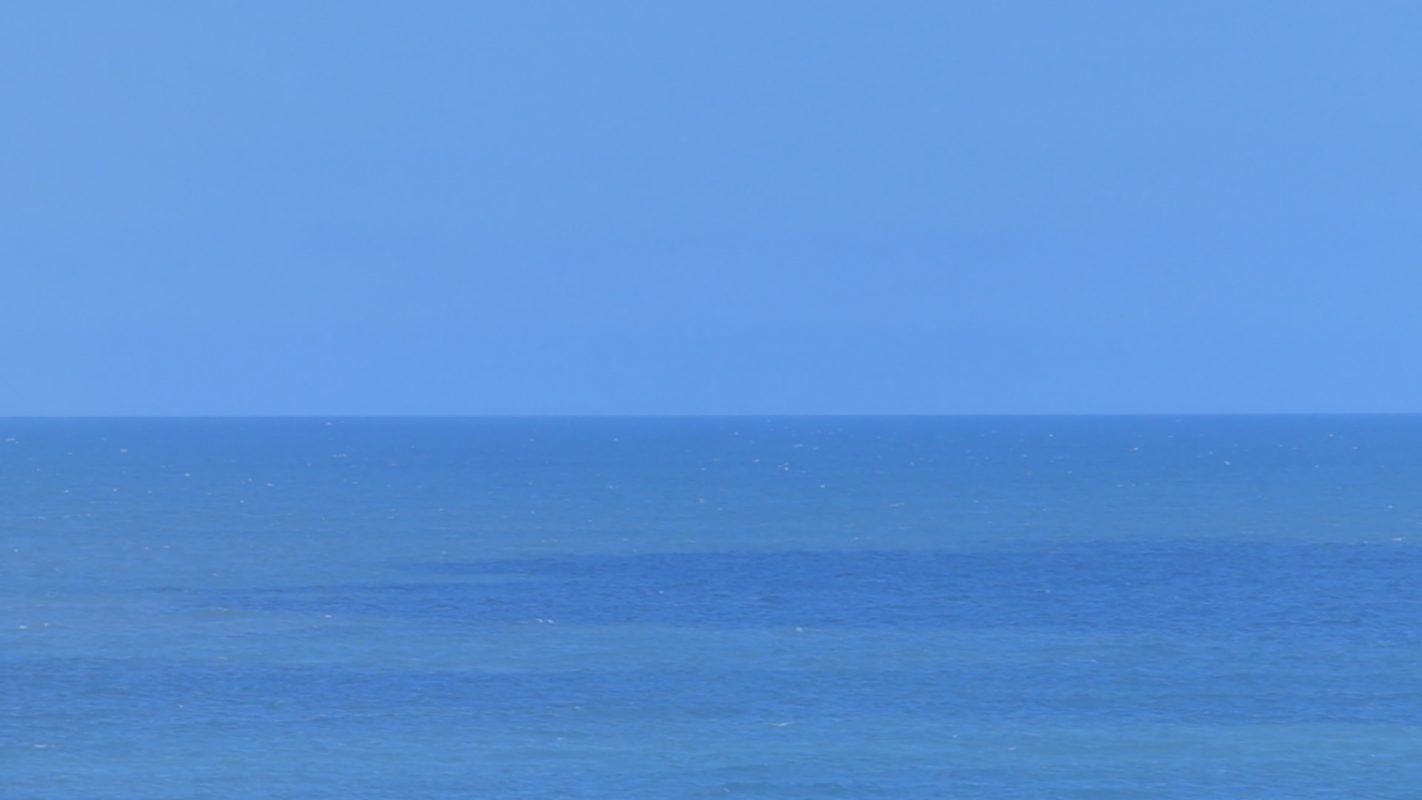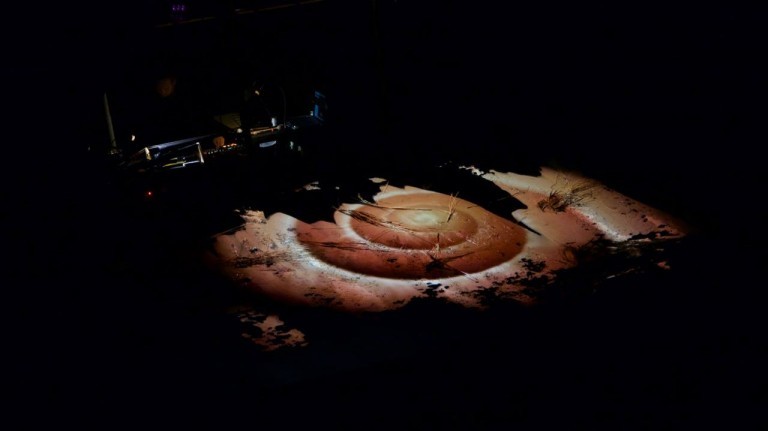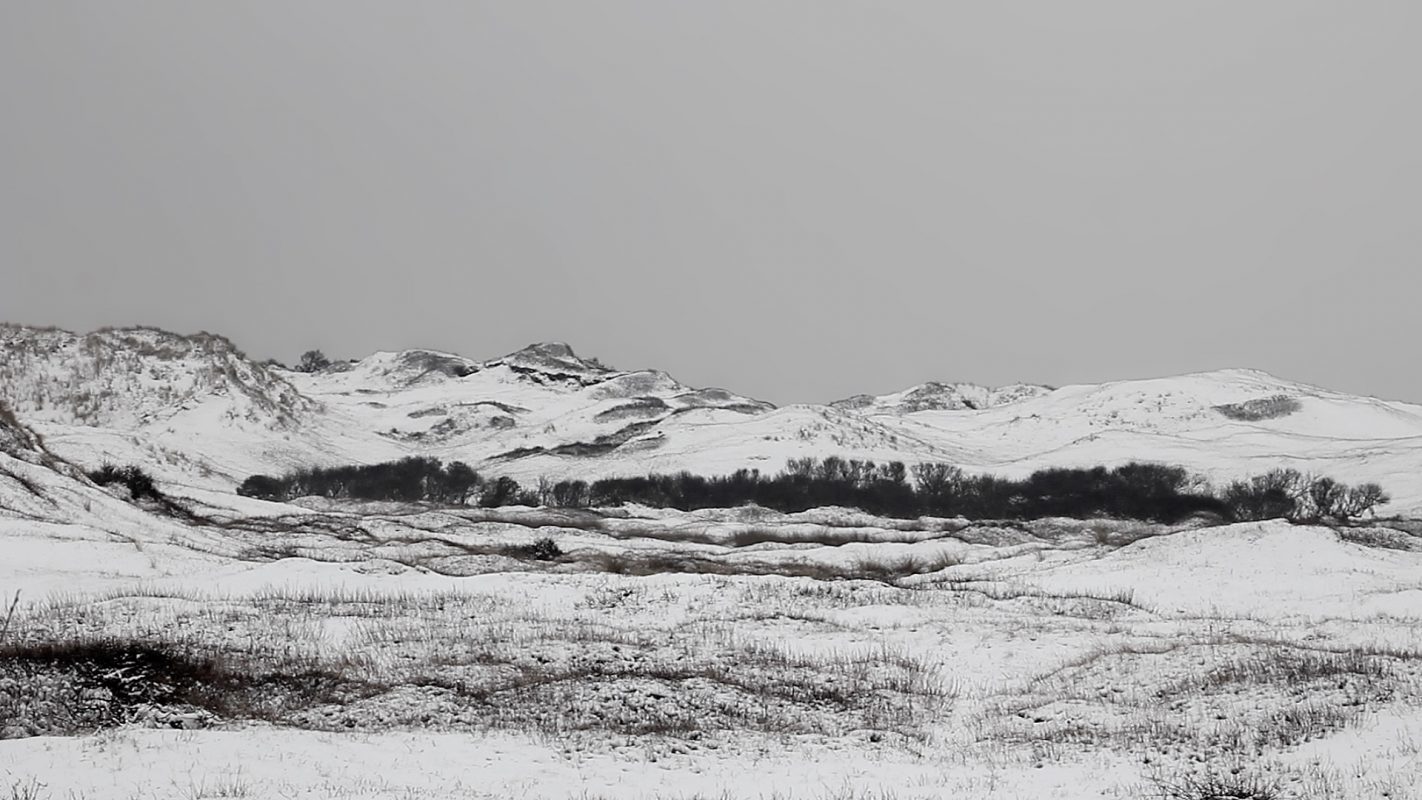

Marleen van der Werf – The filmmaking biologist and philosopher
Marleen van der Werf is a documentary filmmaker with a special background in biology and philosophy which has inspiring effects on her films.
Geplaatst op 22 februari 2019The Dutch director Marleen van der Werf, who made a large number of successful and breathtaking documentaries so far, is going to present her film Time and Tide to the world in March this year, which has just been shortlisted for the DirectorsNL award and nominated for a Golden Calf! Amidst all preparations, Marleen found time to give an interview for CineSud Magazine. Today, in this article she is telling us about her background, love of nature, special style of work and festival experience.
“Biology intensified my way of looking at the world and nature particularly, while at the same time philosophy forces me to ask plenty of questions.”
Start of the career
Marleen van der Werf received her research master’s degrees in Biology and in Philosophy. The combination of these both disciplines helps her to create really philosophical documentary movies which make the audience hold their breath, stop for a minute and think about their inner world and feelings. For instance, by showing nature as it is, Marleen creates the reflection of calmness, which inspires people to think about the philosophical questions of their existence. She comments: “Biology intensified my way of looking at the world and nature particularly, while at the same time philosophy taught me to question the world around me.” These studies guide her on a path of filmmaking and still provide an ongoing source of inspiration for her films.
When Marleen was working as a biologist in Kenya after finishing university, she met a crew filming a new TV program for National Geographic. Instantly, she understood that this was something she wanted to learn herself, as it seemed to be a perfect opportunity to communicate the work on lions she was doing as a researcher to a larger audience. Therefore, Marleen decided to learn how to make films thoroughly by graduating with a Masters in (wildlife) documentary filmmaking in the UK. The director remembers: ”When I studied for my Masters in wildlife film production, my interest shifted from scientific content towards telling more creative stories that express and explore more abstract ideas in a cinematographic way.”
Talking about this time, she mentions that she values having strong and honest discussions about work. What is more, while studying in the UK Marleen realized that she was Dutch to the core and missed working in the Netherlands a lot.

Love of nature
Marleen van der Werf has always been fond of nature. In her point of view, she was lucky to grow up in a little town close to a forest and the sea. As a child she used to hide herself in a tree or wandered along the coastline for hours. The Dutch director says: “For me, nature still is a private space that provides instant relaxation and clearance of mind.”
The director's filmography
For Marleen the quality of her films is defined by the extent of how interesting it was to make the film. The process of working on Wadland, the documentary exploring the tides of the sea of the Dutch island Terschelling, was one of the most valuable, because this project was made without any budget at all. It was Marleen’s graduation film which was extremely personal to her. She says: “Winning the prize at Film by the Sea (an annual film festival that takes place in Vlissingen, Netherlands, in September) was so unexpected, so this is not only the first but also the prize I still appreciate the most.” It was a huge encouragement as it made Marleen realize that she did not only enjoy making the film, but that the people at the festival enjoyed watching the film as well.
Once Upon a Tree, a film about a girl’s unity with an oak tree, was a project Marleen van der Werf developed with the help of the Kids&Docs Workshop where the participants are able to develop the plan of their documentaries with the guidance of an experienced filmmaker. The Dutch director had a budget and a broadcaster for this project which was a big step forward. Marleen remembers: “Mostly I liked working with Filine, the girl the documentary is about. She gave a lot of input for the scenes and even co-directed herself. It was rewarding and magical to make her fantasies become real.”
The distinctive feature of another of Marleen’s projects, Where the money grows, is that it was filmed on only 5 square meters, in a Zen garden in the middle of the economical district, the Zuid-As, in Amsterdam. It was a challenge to keep searching for interesting images in such a small area. It stretched the director’s imagination and forced her to work with different lenses and grips to find striking angles.
Levende Duinen and Zee van Zand were cinematographic performances made for the Oerol festival held every year in June on the Dutch island Terschelling. Both art works are theatrical plays, using cinema techniques. Musical and visual improvisations in the sand dunesat night constituted the experience of Zee van Zand. According to Marleen, working and performing on location in the sand dunes was amazing and demanding. The creative process of performing was completely different from making film. There you are, performing the same piece for 10 days over and over again during which the work would change every day because of the mood, the weather, the audience, etc. The director remembers: “And then, after 10 nights – all is gone. There was a lot of beauty in that temporality, but it also made me kind of sad in a way.”
Marleen van der Werf thinks that none of her projects can be called ‘best’ to her, as she considers her work as an oeuvre more than just individual projects. Her films, writings, installations and theatrical work are intertwined and build upon each other.

The distinctive style of work
Marleen van der Werf has her own style of work which does not resemble any other style. She comments: “I am very grateful for the people around me, like Josephine Hamming, who encouraged me to think out of the box and find my own ways of working. Inspiring me to pick up the camera myself and learn how to record sound and edit my work. As so, an important relation between the ownership and the authorship of my films could develop.”
Director Misja Pekel is also a very good adviser for all of Marleen’s projects. They discuss everything with each other, from the first rough idea to the final press texts. Thus, they follow every step of each other’s filmmaking process very closely. Marleen says: “My films would not have been made in such a way as they were made without his contributions. Our subjects and projects are very different, but we know exactly what we are both aiming for in our work. We often have intense discussions and tell each other that the work is not good yet.” Definitely, these conversations are hard, as it is much more pleasant if someone says that the film is perfect already. Nevertheless, Marleen is very grateful for this partnership and trust she shares with Misja.
In addition to this, there is one important idea the director got from the work of David Attenbourough: “If you want to make people care, make them wonder.” Marleen thinks that it is very important to take this quotation to heart when it comes to the awareness of the fragility and significance of nature in her films.
Philosophical basis of Time and Tide
The coastal dunes, the beach and the sea are the least visual polluted spaces in the Netherlands, therefore the director finds it special to be there and film these places. The film Time and Tide focuses on the importance of an unspoiled coastal area, such as the empty horizon above the waterline which is a rare phenomenon to look at. This empty line is an ideal place to let your mind wonder. Unfortunately, this will change in the nearest future, as the legislations for the coast are changing dramatically..
For Marleen, Time and Tide has something in common with the inner world of humans. She comments: “While observing the tides of wind, instead of following the action I tried to make a stilling film, capturing voids of stillness. In order to do that I had to still myself, which turned out to be a very hard process as I felt the pressure to make a film at the same time. Also the editing was a long process. Luckily I had Menno Otten coaching me in that. In the end, the film is edited almost completely chronologically and thereby resembles my own course of stilling while making the film.” Following that chronological order, the representations of the natural landscape became a metaphor for Marleen’s mental landscape.
Time and Tide is the personal statement of the director against what she calls ‘nature porn’, by which she highlights representation ofnature that can be seen in films or advertising. We are surrounded with the spectacular, the rare, unique and an action-driven representation of the natural world. These images build unrealistic expectations of the ‘real’ natural world surrounding us. Therefore, sometimes, when we see nature with our own eyes, we might be disappointed or feel unsatisfied. This is because it does not suit our expectations which are shaped by the climax driven advertisements and films. What is more, tools such as insinuating voice-overs and directing scores tell us exactly what we should think and feel at each moment during a film or advertisement. “Our perception of the natural world is being directed by an industry model.”, Marleen thinks. The result is storytelling about nature that takes our attention away from ourselves and our own thoughts. The Dutch director says: ”As such, the pornification of nature is the opposite of what ‘being in nature’ means to me: providing an open and silent space in which I can wander through my own thoughts, making my own sense of the world around me.” Providing the viewer with this rare, silent and empty, but very valuable space is exactly what Marleen aimed for with Time and Tide.

Expectations on her films
According to Marleen van der Werf, she never makes the film ‘as she imagined’, as that would be boring. This is why she prefers documentaries. The result of making a film in such a genre is usually unexpected, as the work depends on the weather. She says: “Taking in the unforeseen, the film always turns out far better than I could ever have imagined myself.”
The films' music
Dennis van Tilburg is the composer Marleen van der Werf worked with on all of her films. He has a very wide range of ideas of what music can be. He often works from the location the film is shot. Some of the tracks in Wadland were created by using the sounds of wind on the island where the film was shot. The Dutch director says: “For my film Where the money grows Dennis worked with flutes he made from the bamboo that was cut in the garden, the place where we shot the film.”
While choosing the music for Time and Tide Marleen was inspired by the sounds that she recorded during the last weeks of her father’s life. He unexpectedly got sick and passed away while the director was filming Time and Tide. Marleen van der Werf says: “It turned out that, to me, the process of stilling resembles the process of slowly losing your breath.” Dennis worked from that idea and made the music only with instruments that are played with the help of breath.
Choosing the appropriate soundtracks that would fit the film is a long and intuitive process, therefore Marleen is happy to be able to work with Dennis van Tilburg. The two of them have been working together since Marleen’s first film. The composer sends her a lot of tracks and suggestions and then she gathers them together and edits them. Marleen comments: “Sometimes it fits directly, sometimes it takes me weeks to fall in love with a piece of music. Over the years we have developed our own language to talk about the music.” As music and sound are two halves of one thing to the Dutch director, in Time and Tide the music is very much integrated in the soundscape. So, also soundmixer Michiel de Boer put a lot of effort in finalizing the sound and score of the film, which Marleen is very grateful for.
The new film Rouw
Rouw is another 25 minute film of Teledoc Campus production, a special project which is promoting young and talented filmmakers together with their documentaries. Time and Tide was one of their projects as well. Marleen tells: “It is a very important opportunity for me as a filmmaker to work on a film of that length for television. It gives me the chance to experiment and develop myself as a filmmaker in new directions for a broad audience.”
Rouw will be a film about the perception of life and nature after a personal loss. By using experimental visuals, land-art and soundscapes, the natural world becomes a magical realistic decor to express the unsayable. The work on this project is interesting to the director, partly because of the very personal subject, as she got through the loss of her father, and also because the approach is fairly new to her as a filmmaker. Marleen van der Werf hopes that this documentary will be released at the NFF 2020 (Netherlands Film Festival).
Festival experience
Marleen has already been to many national but also international festivals with her films Wadland and Once Upon a Tree such as the Hamptons International Film Festival in the USA, Camerimage in Poland, Cineeco in Portugal, but also festivals in China, Germany, the Dominican Republic, Japan, and many more. For the director the best thing about visiting a festival is meeting other audiences and filmmakers from all over the world to share her thoughts and get inspiration. In March Time and Tide will have its international premiere, therefore a new festival season starts for Marleen. She is looking forward to share this work internationally and get feedback from the different audiences.